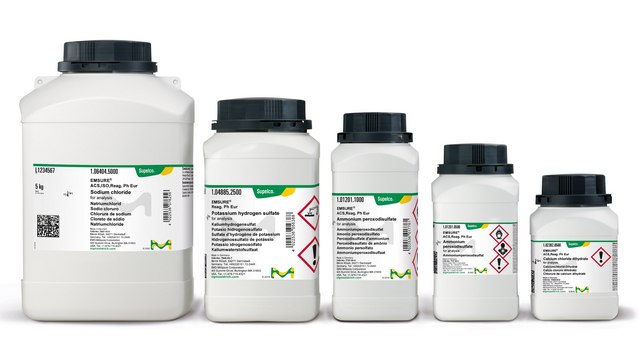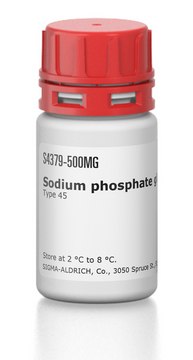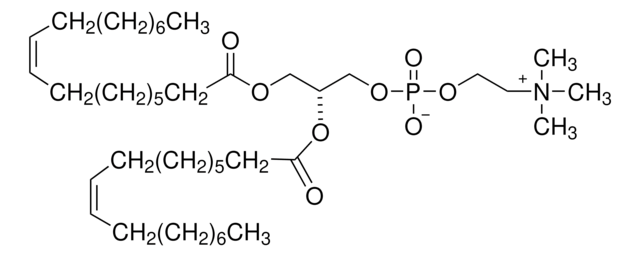MAK429
Inorganic Polyphosphate Assay Kit (Fluorometric)
sufficient for 100 fluorometric tests
Sign Into View Organizational & Contract Pricing
All Photos(1)
Recommended Products
detection method
fluorometric
relevant disease(s)
cancer; hematological disorder; immunological diseases
storage temp.
−20°C
General description
Inorganic polyphosphate (Poly P) is a linear polymer of hundreds of orthophosphate (Pi) residues linked by high-energy, phosphoanhydride bonds. Poly P is ubiquitous and can be found in all living organisms from bacteria to mammals. Poly P has many important cellular functions. In microorganisms, Poly P plays an important role in virulence, biofilm formation, motility, quorum sensing, stress response and survival during nutrient deficiency. In mammals, it is important for blood coagulation, calcium precipitation, immune response, apoptosis, signal transduction and mitochondrial metabolism. Poly P also plays an important role in cancer cell proliferation. The traditional assay for Poly P quantification uses radioisotope methods, which are not convenient to perform.
Features and Benefits
Inorganic Polyphosphate Assay Kit:
- Rapid and sensitive assay, detecting as low as as low as 50 pmole under the assay conditions.
Suitability
The kit is suitable for the determination of Poly P in various biological samples such as cell and tissue (kidney, brain, muscle etc.) lysate.
Principle
The assay uses a fluorescent dye that forms a complex with Poly P present in the sample and the fluorescent complex is measured at λEx = 415 nm/λEm = 550 nm. The fluorescent signal is proportional to the Poly P concentration in the samples.
Signal Word
Danger
Hazard Statements
Precautionary Statements
Hazard Classifications
Resp. Sens. 1 - Skin Irrit. 2 - Skin Sens. 1 - STOT SE 3
Target Organs
Respiratory system
WGK
WGK 3
Regulatory Information
新产品
Certificates of Analysis (COA)
Search for Certificates of Analysis (COA) by entering the products Lot/Batch Number. Lot and Batch Numbers can be found on a product’s label following the words ‘Lot’ or ‘Batch’.
Already Own This Product?
Find documentation for the products that you have recently purchased in the Document Library.
Our team of scientists has experience in all areas of research including Life Science, Material Science, Chemical Synthesis, Chromatography, Analytical and many others.
Contact Technical Service








